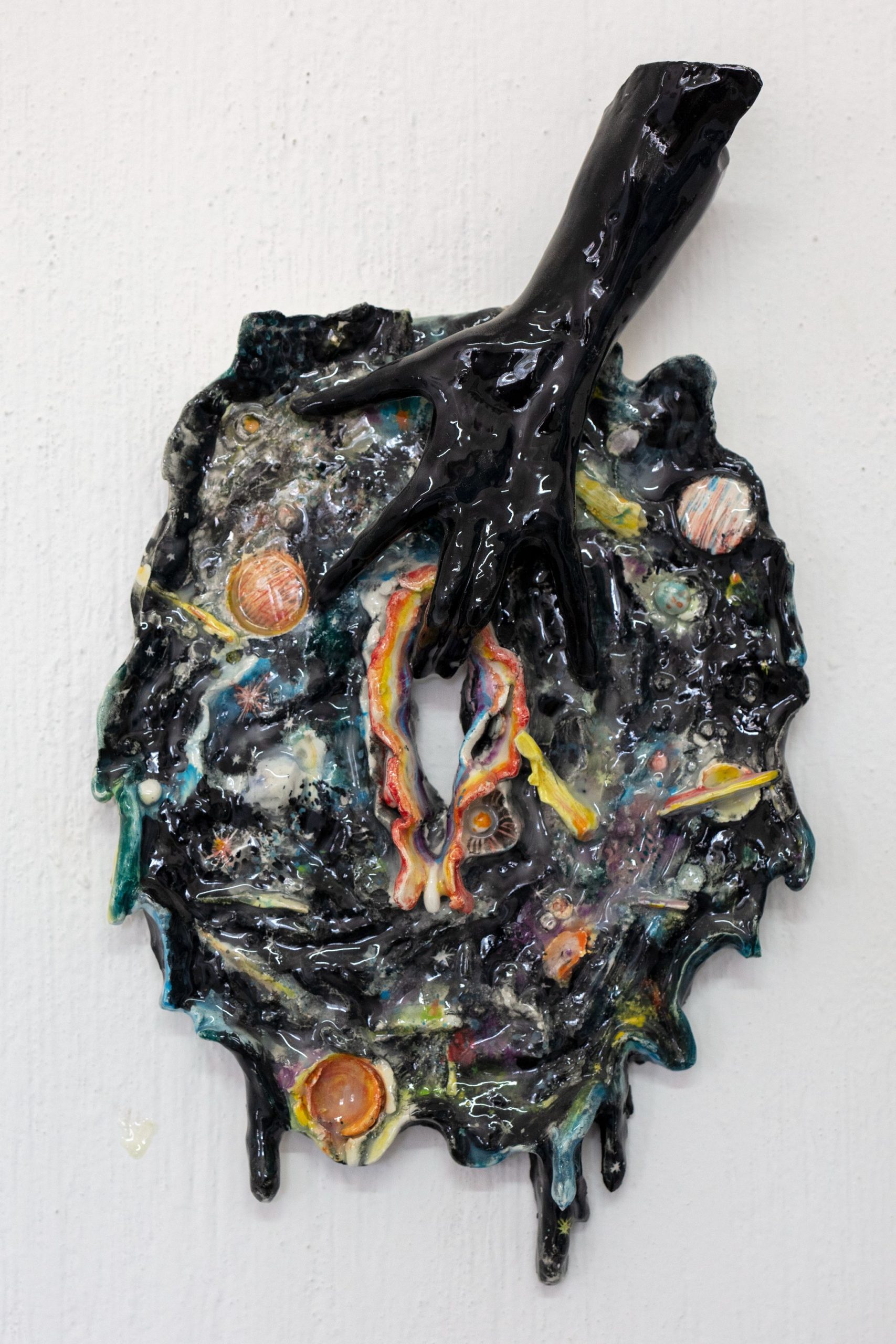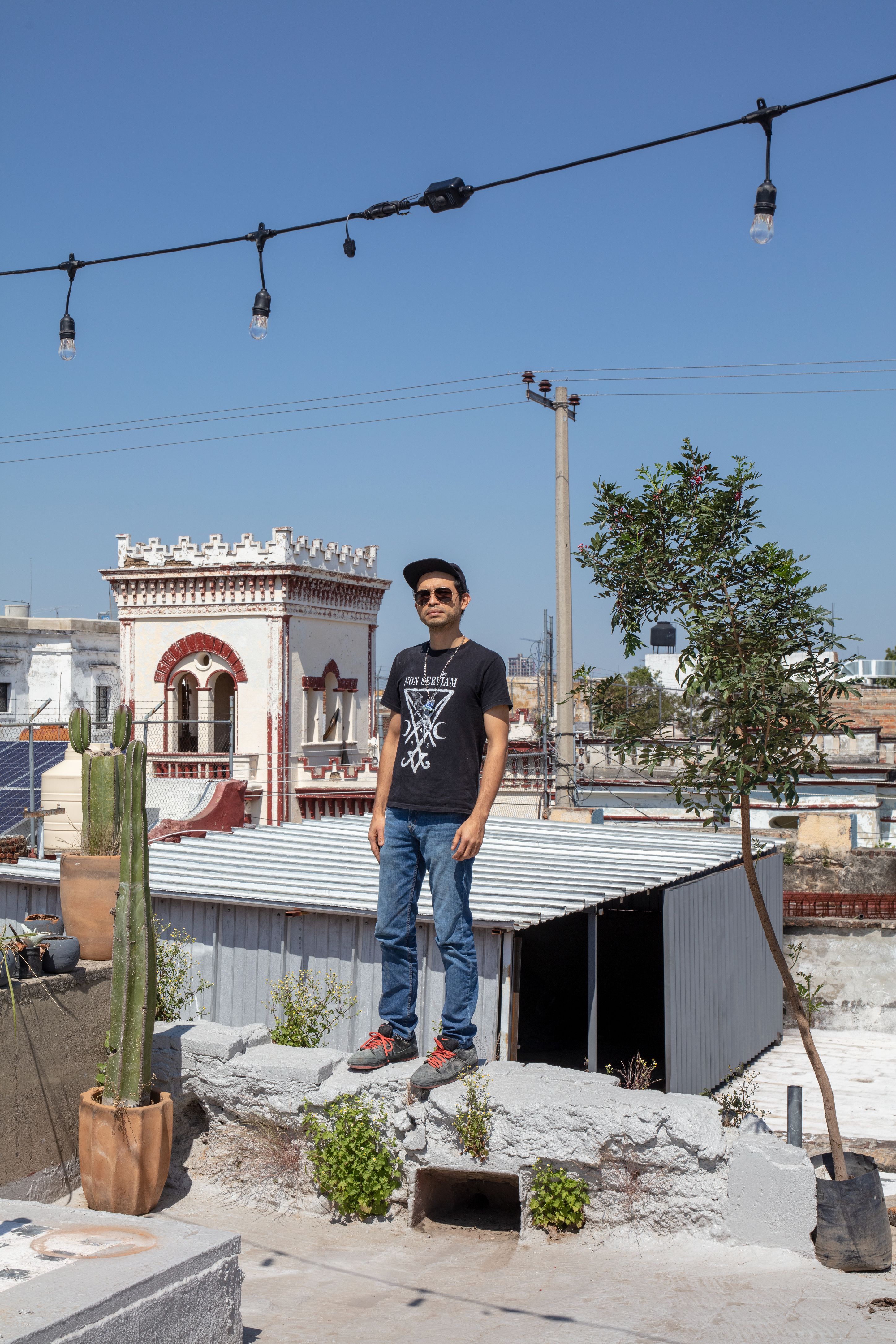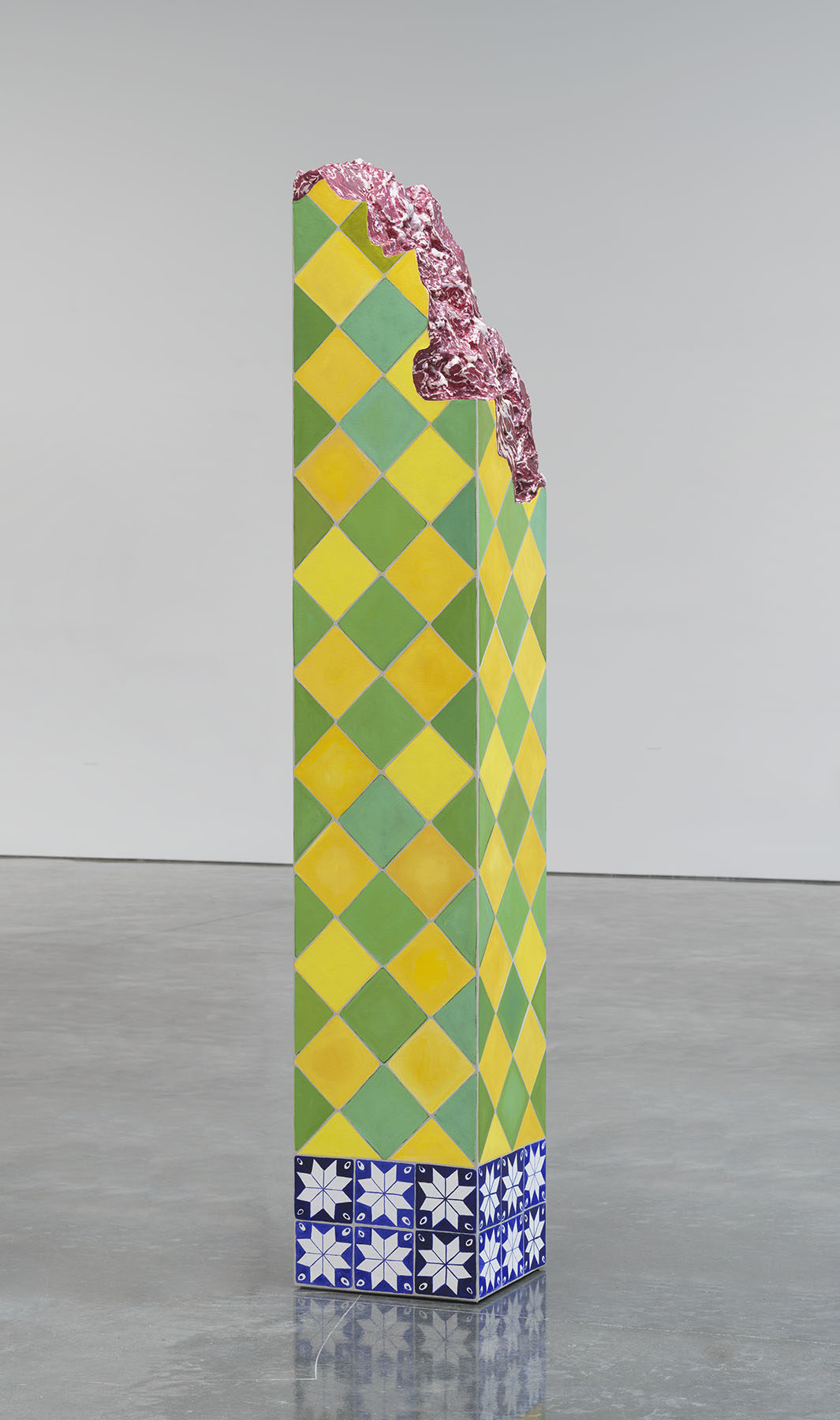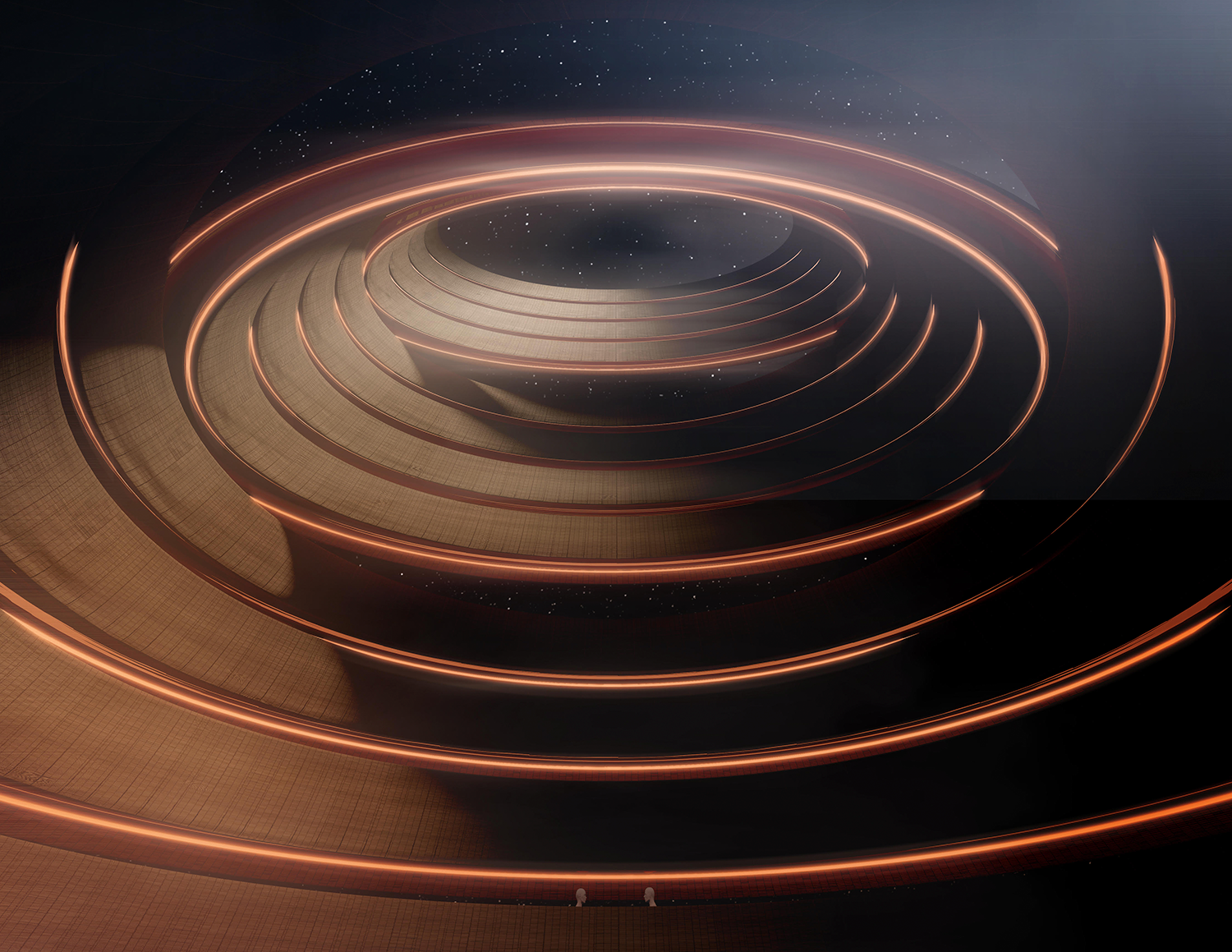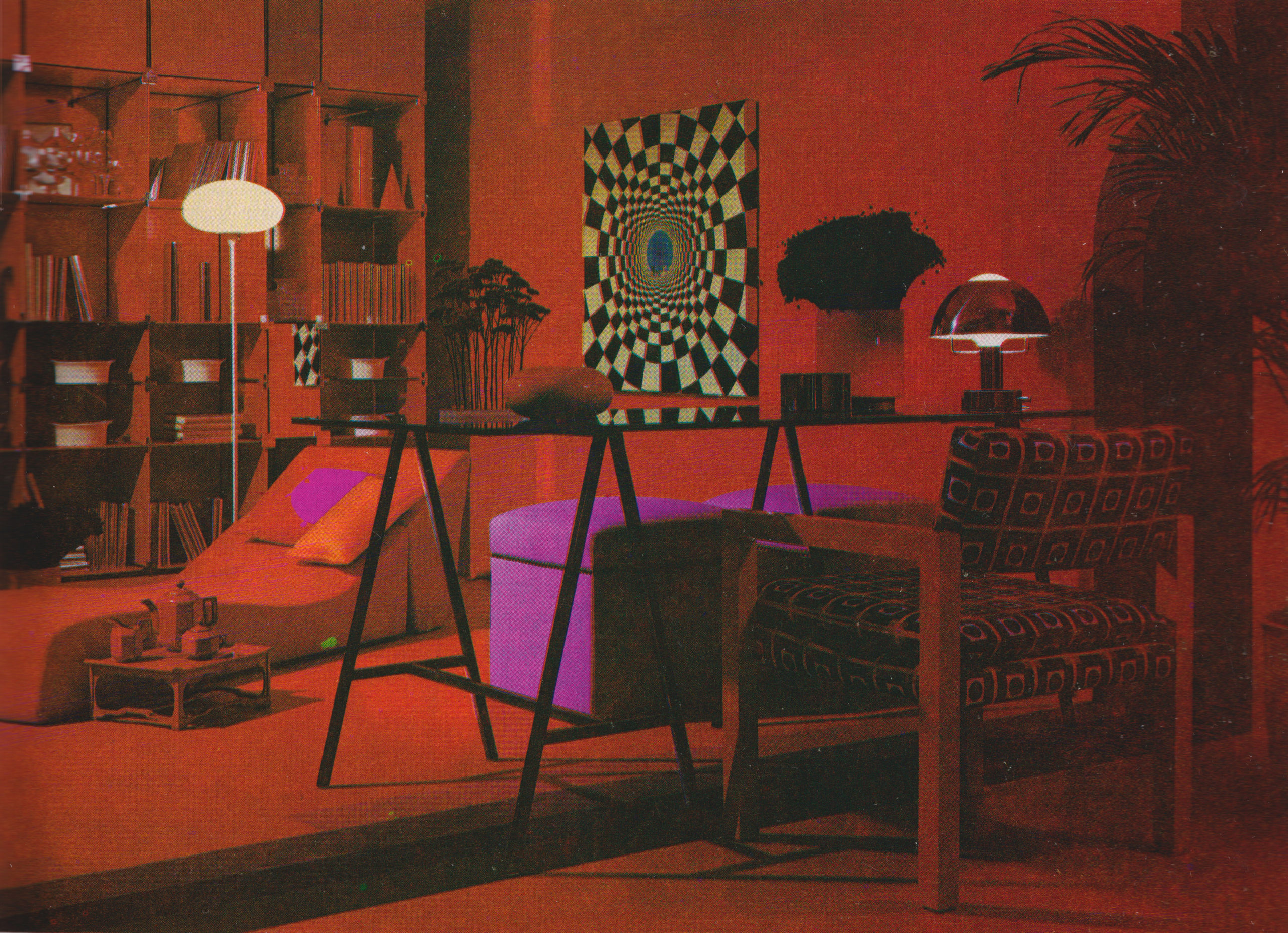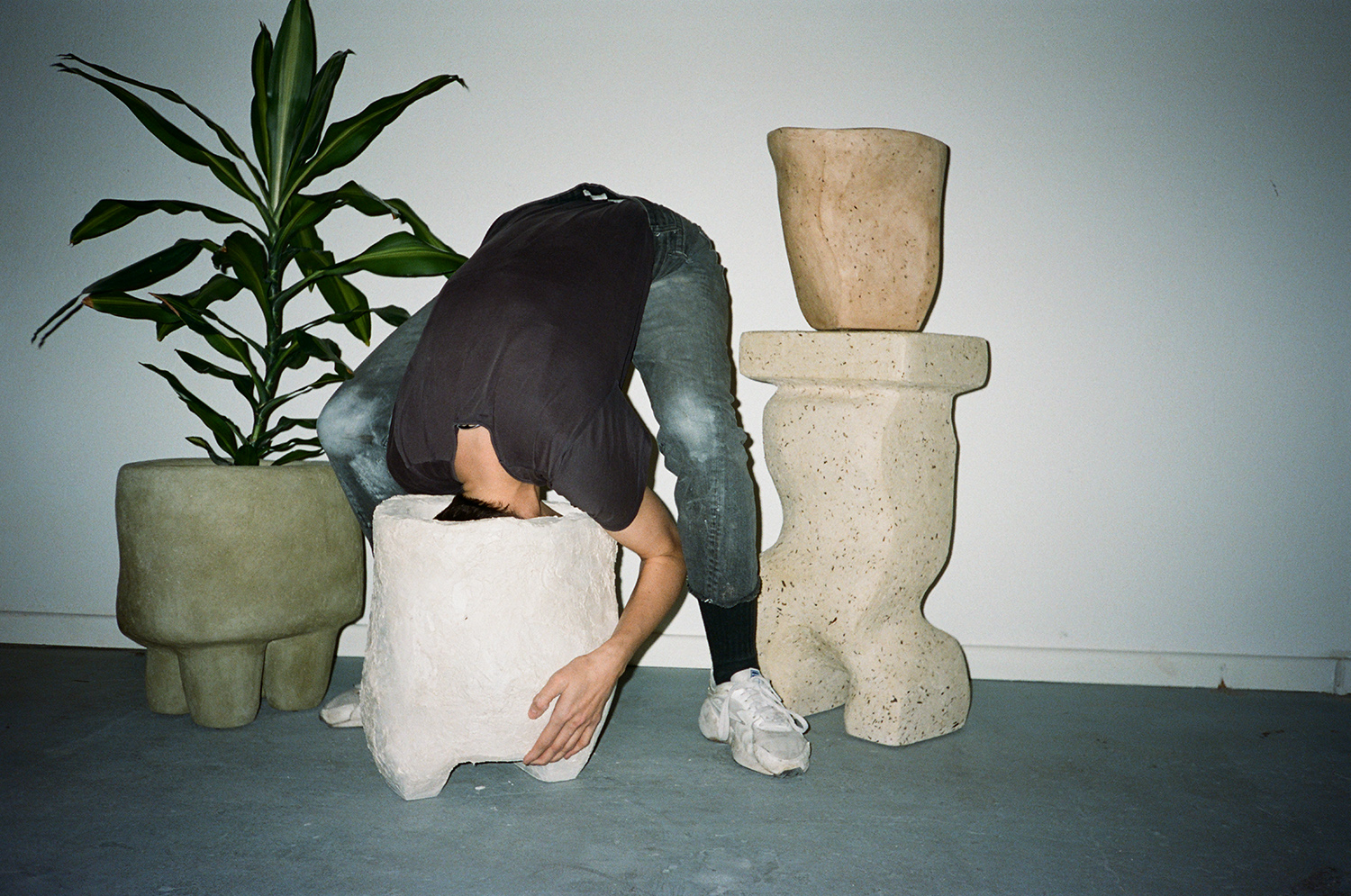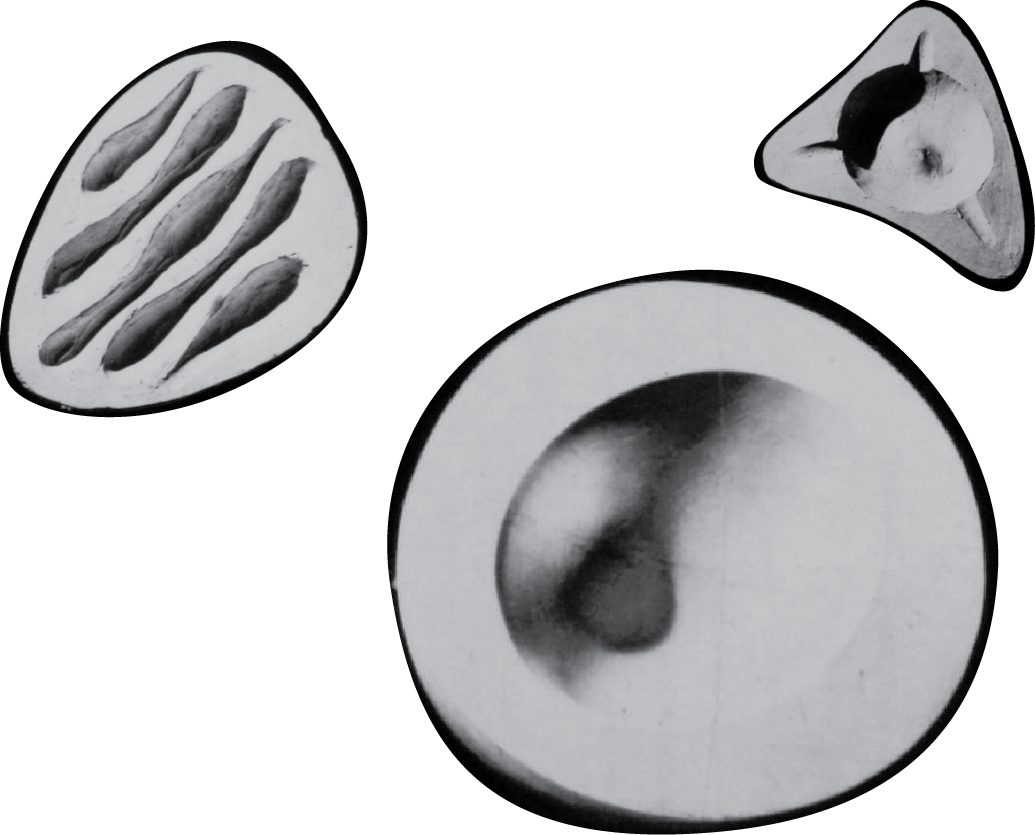ALEJANDRO GARCÍA CONTRERAS ON SERPENTS AND DECODING THE DIVINE
Photography by Ramiro Chaves
Limited Edition Micro Serpents by Alejandro García Contreras x MATERIA
On exhibition at MATERIA Contexto
December 9, 2021, LOOT Gallery 7-11pm, CDMX
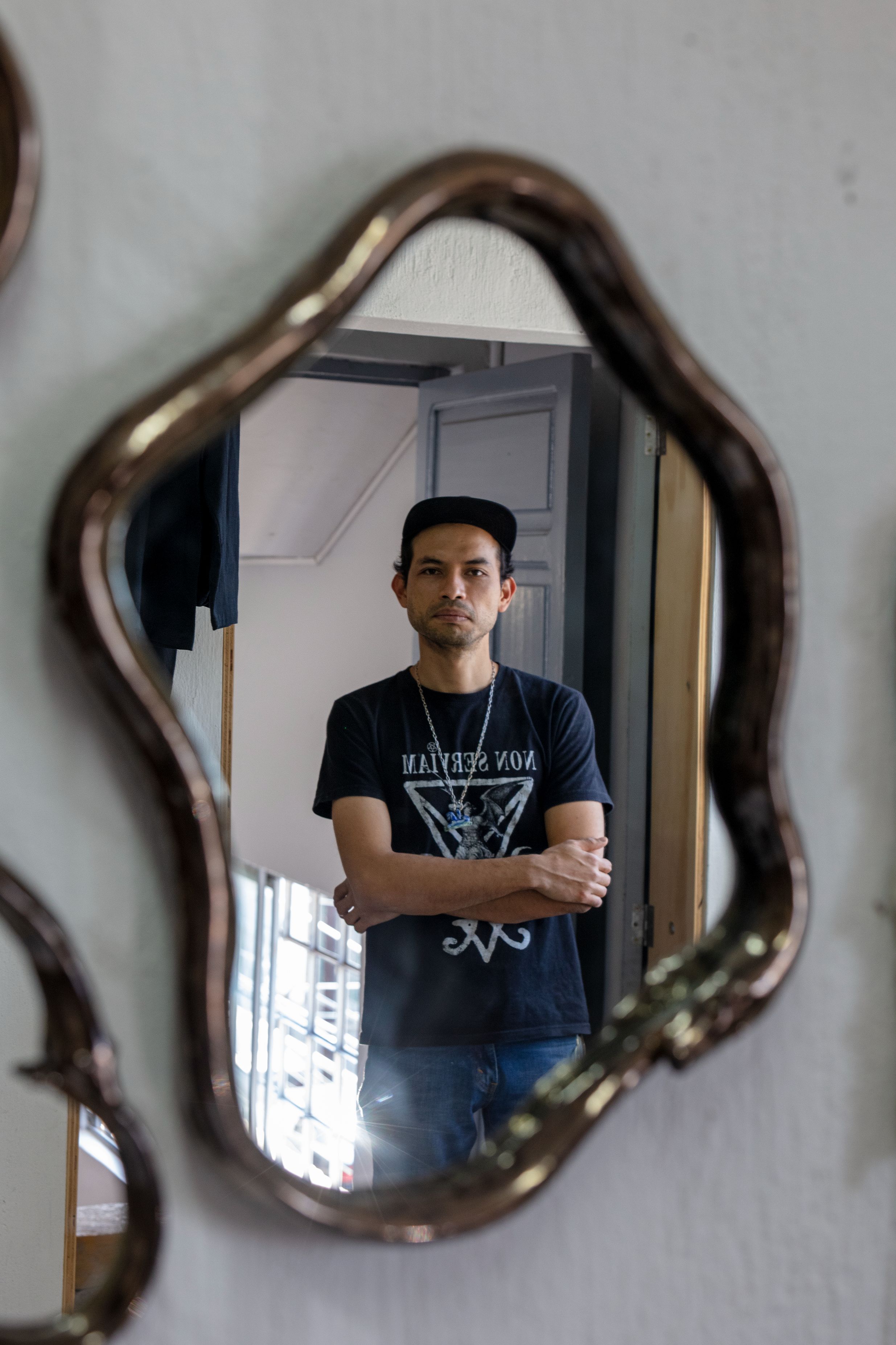
Alejandro García Contreras was born and raised in Chiapas, between Tuxtla Gutiérrez and Tapachula where he lived until the age of 22. “Growing up in Chiapas at that time was very special. My exposure to art was: pre-Hispanic art, my grandmother’s stories, handicrafts, colonial art and access to a voracious nature that consumes everything under its foliage”. He spent some time in México City, but currently works in Guadalajara between his studio and Ceramica Suro. From a young age his parents encouraged his playful imagination. Watercolors and figurines were always among his toys. “I loved to look at my figures and think about how they had been sculpted and if maybe I could do that someday. It was the same with comic books, or things I watched on TV. I wanted to draw or paint like that. That was the culture.” Living in Chiapas he also had an unparalleled access to nature and archeological sites that were difficult to access, all of which awakened his creativity.
MATERIA first encountered his work at Art Week 2021 in México City, where he presented ‘Mechanisms and evidence of genital coevolution: The roles of natural selection, mate choice, and sexual conflict’ (2021). In this piece Alejandro constructs a fantastical environment in which serpents with vaginal mouths stand-off against those that are entirely phallic. He recently explained that the idea was born out of a painting he made some years ago of a snake in attack position. He observed that the physiognomy of a serpent when it is about to strike bears similarities with the physiognomy of the vulva and vagina. Considering it as an object, and furthermore the physical relationship of the serpent itself encompassing a sheath covering the more masculine form, the serpent is one of the only animals in nature that has the characteristic of fulfilling both projections in one form. From this painting, he elaborated the concept and the serpent form has been a lasting figure in a series of pieces since.
MATERIA’S Editor-in-chief, Sarah Len, visited Alejandro at his studio in Guadalajara to discuss his creative origins and the journey of decoding the divine.
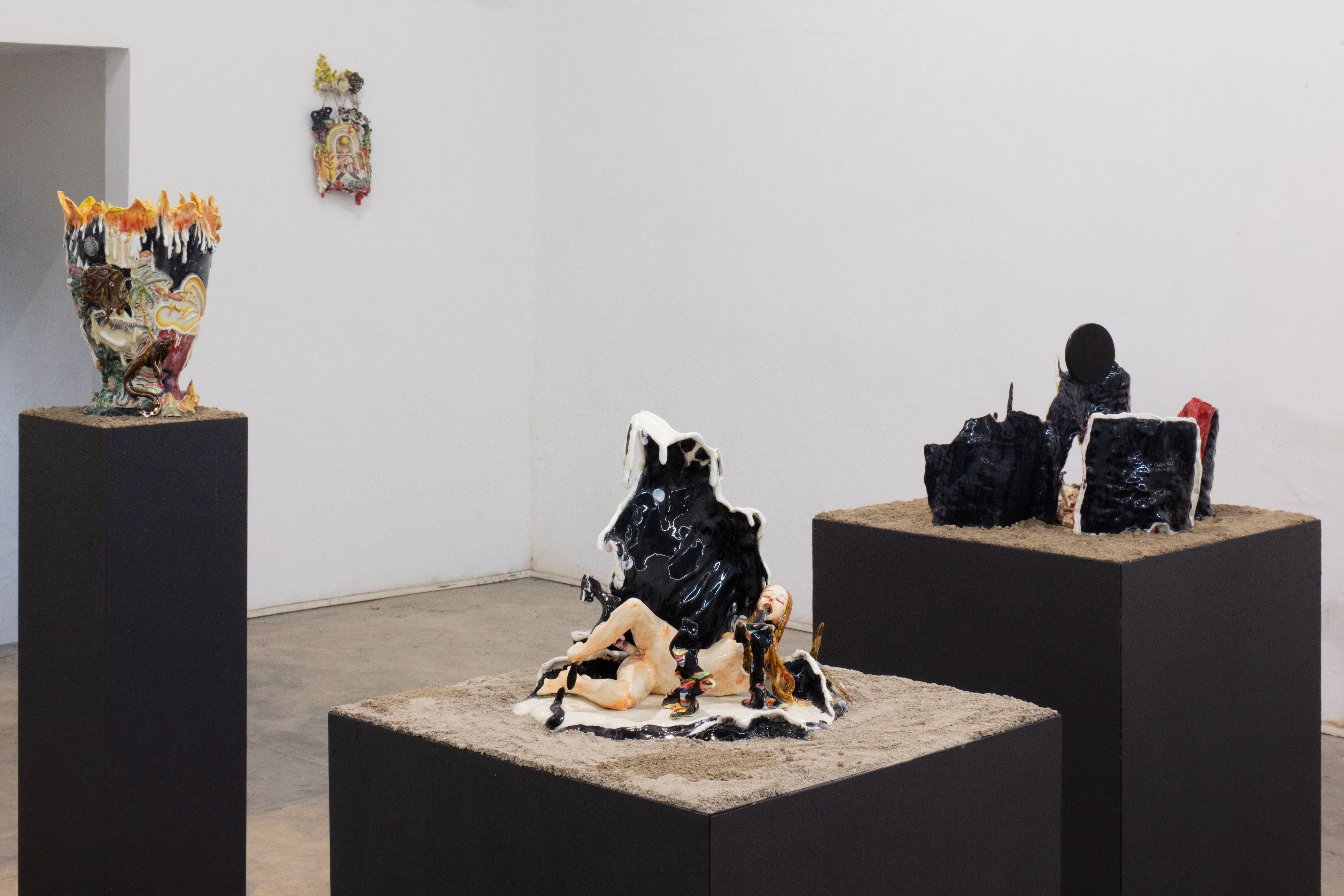
SARAH LEN: Tell us about your exposure to art growing up in Chiapas?
ALEJANDRO GARCÍA CONTRERAS: It’s strange because Chiapas is very rich in culture and arts, but at the same time it is a very marginalized place in cultural matters, with little or no access to contemporary art today. There is no museum of modern or contemporary art in the entire state. But the region is loaded with history, myths, legends and unique cultural characteristics, so particular, which gives it a very special character. Growing up in Chiapas at that time was very special. That was my exposure to art: Pre-Hispanic art, my grandmother’s stories, handicrafts, colonial art and access to a voracious nature that consumes everything under its foliage.
SL: What do you think about art, design and culture in México at the moment?
AGC: Very interesting things are happening. I think it is also due to a greater openness to the discourses that are addressed in all media. México has always been a country made up of a cultural pastiche, it is part of the very nature of what “Mexican culture” represents. This creates a very particular identity that is reflected in art, design and culture.
SL: In your art you explore themes inspired by contemporary pop culture, folklore, classical myths, occultism and religions. Your studio is full of these references. Tell us what has most influenced these categories?
ACG: Somehow all these references intertwine and I’m very interested in trying to understand why, or where the relationship comes from. The interest in psychology, for me the unconscious and the occult, reflects a link to a human condition in which psychic energy can no longer find appropriate expressions to represent itself. This is why I am interested in making art. I believe that art is that place where that creative force and energy can be channeled. The construction of creative thought has always been linked to rituals, occult and religious processes, metaphors of the existence and creation of life and the universe. As a possibility of representation, myth is metaphor and reference to what we understand as human virtues. Folklore ends up permeated in these references that survive in different forms, in their own ways, as a consequence of an ancient belief or superstition. Somehow it seems to me that this whole construction of “divine belief” is reflected today in contemporary pop culture and the way our idea of the divine operates. The idols and the new gods are these new pantheon systems of fictitious characters from comics and video games, actors, musicians, etc.

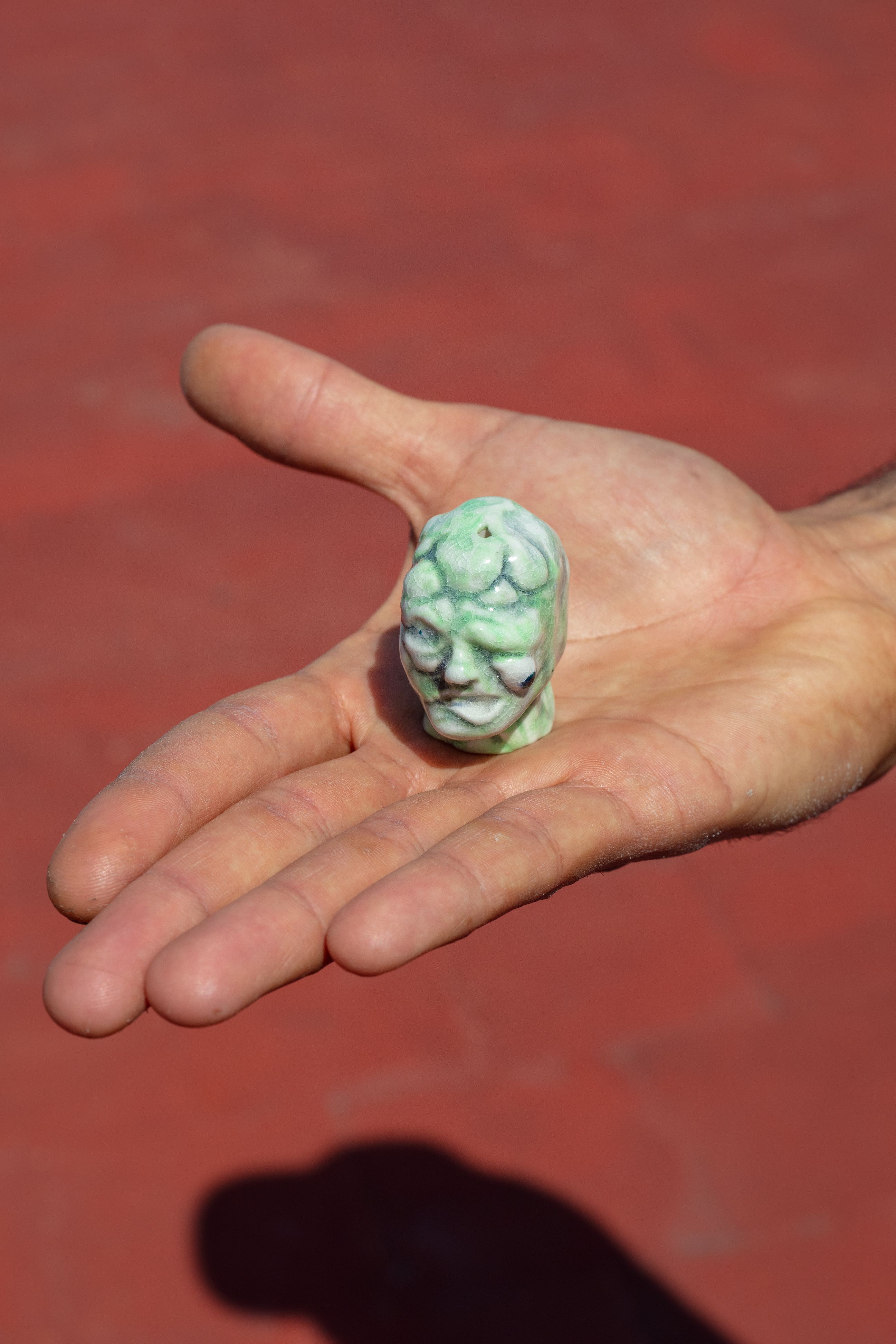
SL: And how do these influences manifest themselves in your life and work?
ACG: Many of these things manifest themselves directly as part of my daily life, things that I live with or try to practice with constancy. It’s hard for me to generate a filter so many of these things go directly from my daily life to my work, just like that. But I try to create a kind of mystery along the way, to try to erase traces or create false traces of the evidence of the journey and mix them with unconscious projections and other inventions.
SL: What materials are you currently exploring in your work?
AGC: Ceramics are very present in my practice. It seems to me to be a material with infinite options. I have also been working with concrete for many years. I started a series of concrete sculptures in larger formats and I’m looking for new options for that body of work. And last but not least, I’m working on a new series of oil paintings.
SL: What are some of the rituals in your practice or personal life that help you stay inspired?
ACG: I believe that life itself is a ritual of inspiration depending on where you are. Constant memory, remembering elements and moments that define our ‘personas’ are constant rituals that appear and disappear as signs that help me to not get lost in the world. Inspiration for me can come from anywhere. I try to be attentive to those moments when the ‘voices’ speak and I try to listen to them as best I can. I like to think that many times what I do is not even my ideas, but rather as an artist I function as a sort of funnel, a channeler or ‘medium’ for stimuli that are incomprehensible to me and that come from more complex places than my own ‘inspiration’ looking for a way to escape from that other place and materialize. I think that when that happens, is when my work appears.

SL: We met at your exhibition, Mechanisms and Evidence of Genital Coevolution: The Role of Natural Selection, Mate Choice and Sexual Conflict (2021). What message did you hope the public would take away from that exhibition?
AGC: That piece is very special and complicated for me. It defines in some way my sense of vulnerability and conflict in the face of love and the experience of relationships. It is the result of a long process of breaking up with my ex-partner, and the consequence of all that friction and emotional wear and tear is reflected in the situation, materiality and symbolism of these serpent sculptures. This experience led me to reflect on my own vulnerability and masculine fragility in the face of an emotional conflict, the loss of love and separation, and consequently how I faced the memory, where does this all place me? Something important was to try to somehow convey that emotion in the face of a situation of vulnerability with no way out. Susan Sontang explains it best in a phrase that says something about, loving is like giving your skin to another person and not knowing if they will leave, taking your skin with them.
SL: Your serpents have stood out since the first time we met. One with a vaginal mouth standing off against one that is phallic. Tell us what inspired that piece and what narratives you’re exploring?
The piece contains a series of readings that I could define as ‘the personal’, ‘the cultural’ and the ‘mythological/historical’. Mainly it seemed important to me to also underline how our idea of the representation of the divine works—and how the sacred for some, is the representation of evil for others. The god of your enemy is a demon. The symbol of the serpent, which has always been a reference and link with the sacred for so many cultures, today, transits with this stigma, demonized and loaded with evil elements in the eyes of others. This tells us a lot about the same human condition of contradictions and conflicts. The same element and symbol represents sacred sexuality linked to the divine (the snake in many Eastern and pre-Hispanic cultures) for some. For others, it is the representation of sin, guilt and evil (in the West and in the Judeo/Christian culture it is taken for the representation of evil itself). The symbol changes its meaning depending on its cultural context, its time and circumstances. I am interested in the idea of exploring these universal archetypes through my work and how each person projects their own load of meanings onto the object. All this is very much linked and references to the studies and texts of G.Jung, J.Campbell, Huxley and Alan Watts mainly.
SL: What have you learned about the symbolism of snakes in mythology, folklore and Mexican culture?
AGC: Well in México the sacredness of the serpent was very present before the arrival of the Spaniards. Quetzalcoatl and Kukulkan are feathered serpent gods of vital importance to Mesoamerican mythology. Their status as a “Prometheus” god earned them a very important place in the pre-Hispanic pantheon. Today, the Serpent continues to be an element of strength and divinity very present in many of our indigenous cultures where it is still admired with love and devotion.
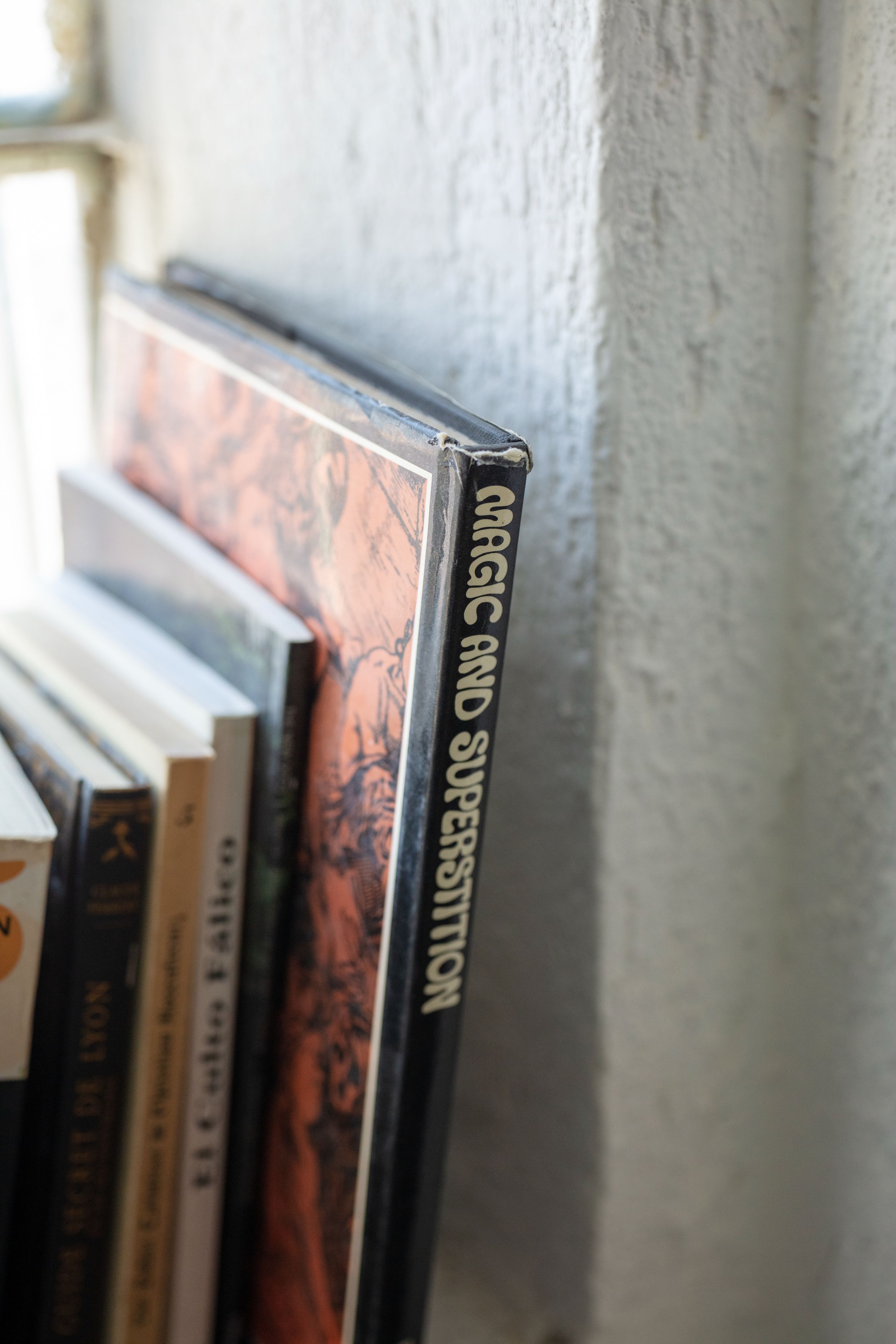
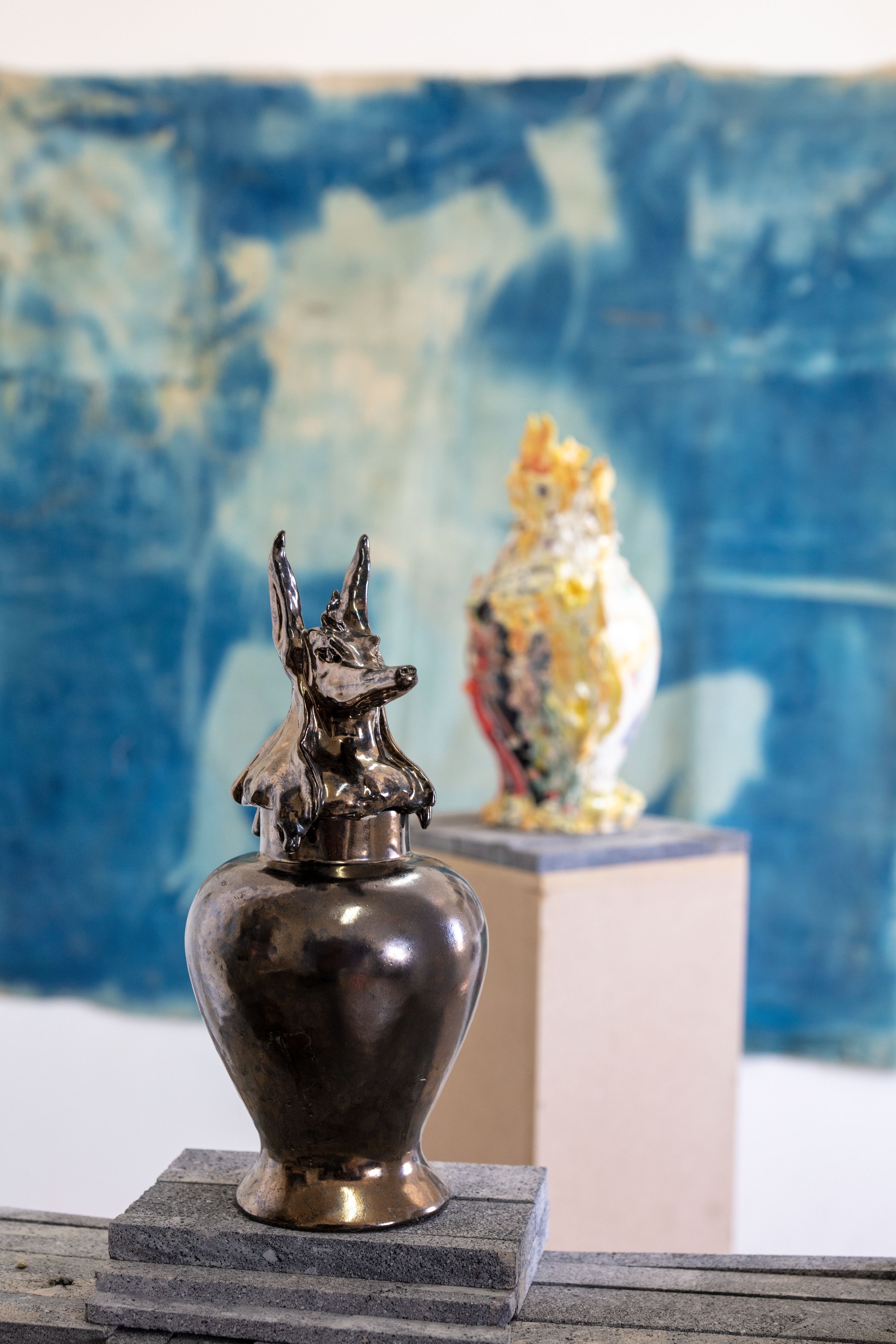
SL: Your pieces often have suggestions of sexuality and fantasy. Where does that come from?
AGC: Sexuality is still a taboo subject in our society. It seems important to me to talk about something that is one of the few things that unites us without any difference as human beings as is the practice of sexuality. Regardless of skin color, language, or social condition, love (and sex as one of its manifestations) is a universal language. I do not understand why many people hide and are ashamed to address their fantasies or talk about their sexual practices or preferences. A creative sexuality is also a sexuality of fantasy, and I think it is a very healthy thing. I think it’s a good time for things to be approached in a different way—from the emotional and the sensitive, to the vulgar and the commonplace, and not only on a superficial level.
SL: What do you think is the biggest misconception about your work?
AGC: I’m not really sure, I don’t think much about it now. I think there are many ways to misinterpret any action or thought that anyone does. You edit it out, you edit the context, you make a photograph about a detail and not about the whole. Having misreadings about the work or a person is a very common practice since forever. I think the content in my work can be hard to digest for people who have perhaps a more conservative understanding of art. It’s not really important to me. But it does give me more pleasure when I discover that what seemed like a weakness or a mistake to me, becomes a strength or a success for others.
SL: How do you deal with sexual femininity and explore that side of yourself in correlation to your work? Psychologically and through the stories of feminine power that you have explored.
AGC: For me a lot of it comes from the search for representation of the feminine within a new and different cosmogony—thinking of the universe as a ‘She-verse’ and creation itself as the Big Bang of a big orgasm of a Universe ejaculating. I like to think of the example of the Sailor Moon characters. They seem to me a great way to transform the male imaginary of the Greco-Roman pantheon to a female one. With the exception of Venus, all the others are characters that are always represented as males: Mars, Jupiter, Mercury, etc. Until Naoko Takuchi decided to represent them as Goddesses who care with love and benevolence.
Magic is another element very present in this imaginary of the feminine that has always attracted me. The sorceress, the witch, the devotion to nature has always been linked in many cultures to a feminine entity. I think a lot was born from the interest and attraction to women and fantastic characters on TV, and in a way establishes the link to fantasy and magic. I guess my first interests were born from my attraction to cartoon characters like She-ra, Cheetara, Princess Aura or Spiderwoman—who seemed to me—emblematic women because of their talents, abilities, their ethics and their beauty. For me these characters are strongly linked to myths and gods of the past such as Venus, Lilith, the Queen of Sheba, Artemis, Salome, Delilah who are symbolic metaphors for representations of powerful and dominant women. All of that in some way or another is reflected in my work.
SL: You have been working with ceramics for more than 15 years, how has your work evolved?
AGC: I keep myself open to new possibilities. I try to look for options, lend my ear to new processes and new things. It bores me too much to always do the same thing and that’s why I’m always looking for new options to explore the same material. Now that I am fortunate enough to be producing from Ceramica Suro, I am surprised by the number of ways, forms and different options to use the material. I think it is in moments like this when you open the range of possibilities to explore the material—and in this case—of ceramics it seems that the options are endless. A material so noble, it allows you to do anything. If you walk into a room in a history museum, you will always find objects and ways in which humans have used clay. The alchemy that exists in the material itself, its symbolism, is a path to infinity. I believe that in a certain way ceramics encapsulate the process of creation of the universe itself. A brief souvenir of the existence of it all.
